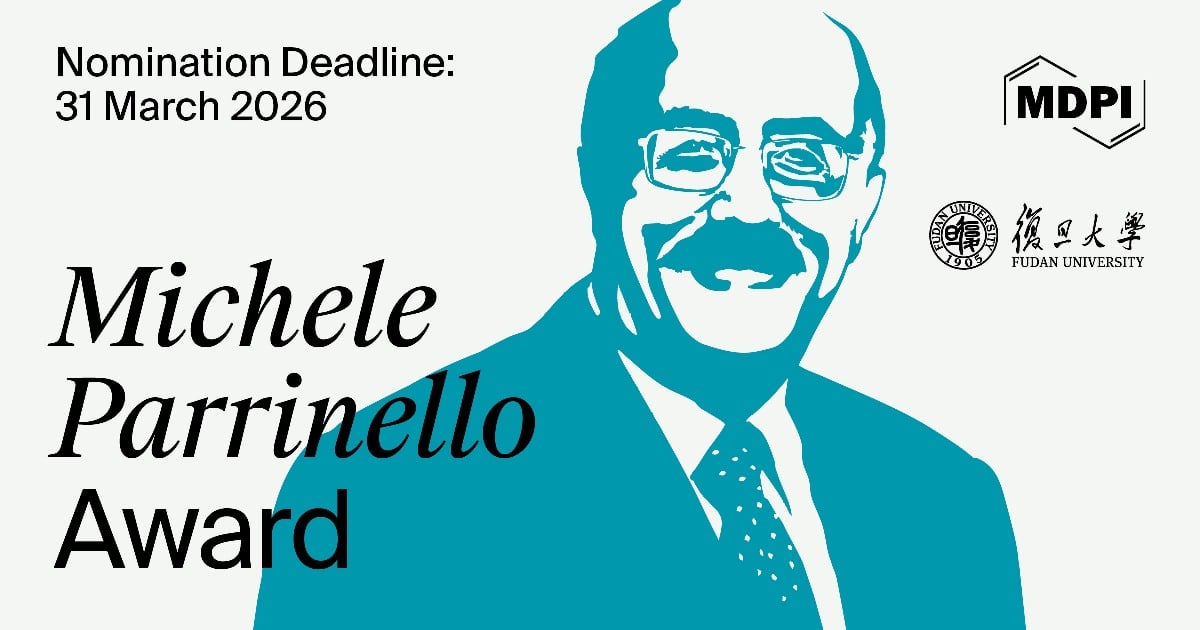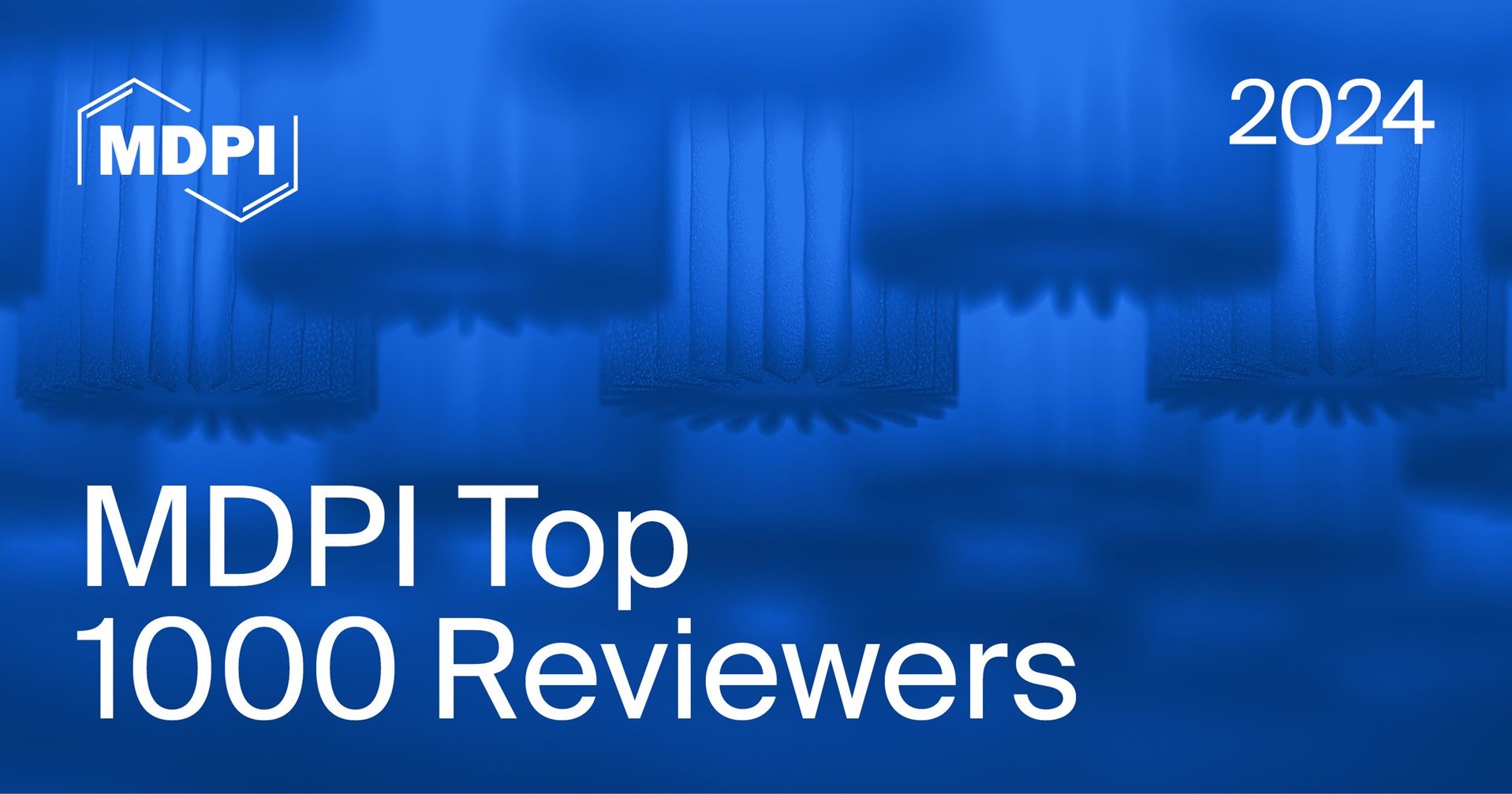Artificial Intelligence (AI), particularly Generative AI (GenAI) and Large Language Models (LLMs), is rapidly reshaping higher education by transforming teaching, learning, assessment, research, and institutional management. This entry provides a state-of-the-art, comprehensive, evidence-based synthesis of established AI applications and their implications within the
[...] Read more.
Artificial Intelligence (AI), particularly Generative AI (GenAI) and Large Language Models (LLMs), is rapidly reshaping higher education by transforming teaching, learning, assessment, research, and institutional management. This entry provides a state-of-the-art, comprehensive, evidence-based synthesis of established AI applications and their implications within the higher education landscape, emphasizing mature knowledge aimed at educators, researchers, and policymakers. AI technologies now support personalized learning pathways, enhance instructional efficiency, and improve academic productivity by facilitating tasks such as automated grading, adaptive feedback, and academic writing assistance. The widespread adoption of AI tools among students and faculty members has created a critical need for AI literacy—encompassing not only technical proficiency but also critical evaluation, ethical awareness, and metacognitive engagement with AI-generated content. Key opportunities include the deployment of adaptive tutoring and real-time feedback mechanisms that tailor instruction to individual learning trajectories; automated content generation, grading assistance, and administrative workflow optimization that reduce faculty workload; and AI-driven analytics that inform curriculum design and early intervention to improve student outcomes. At the same time, AI poses challenges related to academic integrity (e.g., plagiarism and misuse of generative content), algorithmic bias and data privacy, digital divides that exacerbate inequities, and risks of “cognitive debt” whereby over-reliance on AI tools may degrade working memory, creativity, and executive function. The lack of standardized AI policies and fragmented institutional governance highlight the urgent necessity for transparent frameworks that balance technological adoption with academic values. Anchored in several foundational pillars (such as a brief description of AI higher education, AI literacy, AI tools for educators and teaching staff, ethical use of AI, and institutional integration of AI in higher education), this entry emphasizes that AI is neither a panacea nor an intrinsic threat but a “technology of selection” whose impact depends on the deliberate choices of educators, institutions, and learners. When embraced with ethical discernment and educational accountability, AI holds the potential to foster a more inclusive, efficient, and democratic future for higher education; however, its success depends on purposeful integration, balancing innovation with academic values such as integrity, creativity, and inclusivity.
Full article
 Two Geophysical Technologies Used in Archaeological Research Simplified and Explained
Two Geophysical Technologies Used in Archaeological Research Simplified and Explained Incorporation of E-Waste Plastics into Asphalt
Incorporation of E-Waste Plastics into Asphalt Listericidal Novel Processing Technological Approaches for the Safety of Milk and Dairy Products: A Systematic Review
Listericidal Novel Processing Technological Approaches for the Safety of Milk and Dairy Products: A Systematic Review Towards a Social Model of Prematurity: Parental Inclusion and Social Context in Neonatal Care
Towards a Social Model of Prematurity: Parental Inclusion and Social Context in Neonatal Care Risk Management of Aggressive Behaviors in Mental Health Units for Adolescents: A Scoping Review
Risk Management of Aggressive Behaviors in Mental Health Units for Adolescents: A Scoping Review



















